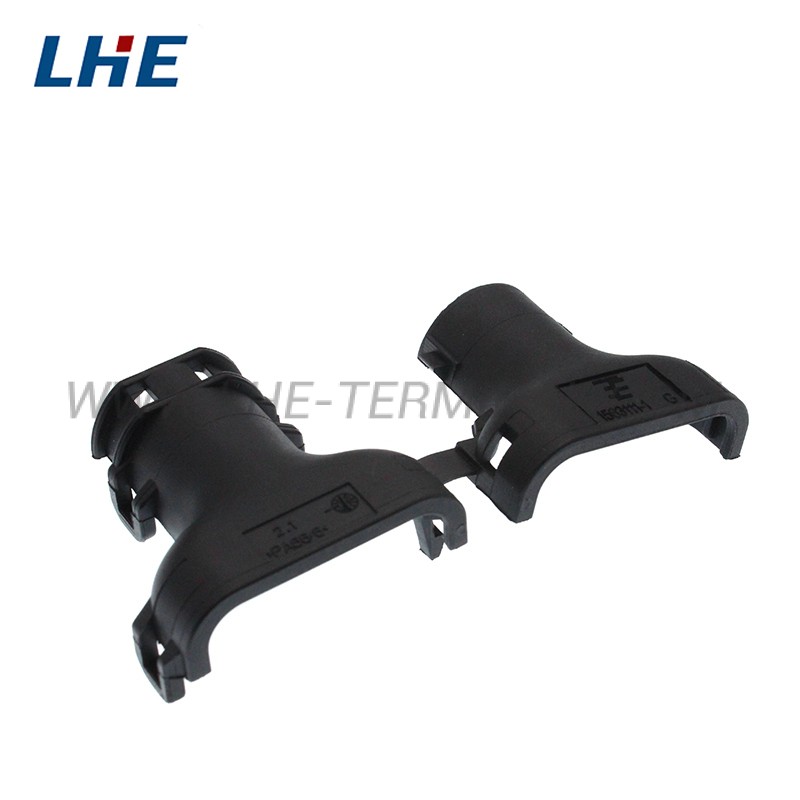There are many types of sensors with different structures, but they are generally in the form of thermistor type, vacuum pressure type, mechanical transmission type, etc. It monitors the working condition of the engine anytime and anywhere, and sends the signal to the ECU in real time. Damage to the parts of the sensor, such as slow aging of the resistance, damage to the vacuum diaphragm, elastic failure of the shrapnel, failure of the return spring, etc., will not be able to reflect the engine’s working conditions in a timely and accurate manner, affecting the ECU’s accurate and timely acquisition of control information, making the control system work abnormally , resulting in poor engine operation and performance degradation. The air flow sensor is the key sensing element. Since the micro switch (contact) mounted on the air flow sensor chip frequently slides on the carbon film coating, grooves will be formed over time, which will cause the resistance value to change, resulting in detection The signal is not accurate, causing the engine to work abnormally. In addition, the sensor shaft is equipped with a spring spring with adjustable preload. If the adjustment is improper or the elastic force becomes poor, the fuel supply will change and the refueling will lag, resulting in poor engine acceleration. This fault can be determined by removing the oil inlet connector of the fuel filter at startup and seeing if the oil is pumped.


















